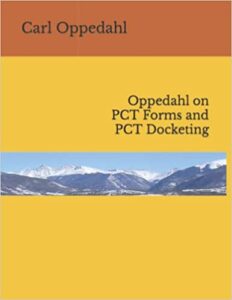 Let’s suppose you spent your formative years listening to music from the 1970’s and 1980’s with Koss Pro-4AA headphones, picking out and memorizing each vocal line, each guitar lick, each drum fill. Let’s suppose that even now, decades later, you can tap out each drum fill, and you can scat-sing each vocal part, from memory. And now in 2021 suppose there were somebody who somehow has gained access to lots of original studio multitrack tapes, and who has recorded incredibly perceptive Youtube programs in which he works though dozens of the great songs from that era, highlighting the bridges, the choruses, the verses, and every hook and chord change and suspension that made the song great.
Let’s suppose you spent your formative years listening to music from the 1970’s and 1980’s with Koss Pro-4AA headphones, picking out and memorizing each vocal line, each guitar lick, each drum fill. Let’s suppose that even now, decades later, you can tap out each drum fill, and you can scat-sing each vocal part, from memory. And now in 2021 suppose there were somebody who somehow has gained access to lots of original studio multitrack tapes, and who has recorded incredibly perceptive Youtube programs in which he works though dozens of the great songs from that era, highlighting the bridges, the choruses, the verses, and every hook and chord change and suspension that made the song great.
Yes for those who savor recorded popular music, the person to listen to is a fellow in Atlanta who records brilliant Youtube programs in his basement. The guy is named Rick Beato. And if you love well-performed and well-produced popular music, you need to click away from this blog article and click over to his programs.
For an intellectual property lawyer, one of the interesting background questions is why his programs don’t instantly get taken down as copyright violations. And I think I know exactly why they don’t get taken down, and it has nothing to do with copyright law. I think it has to do with human feelings, as I will explain.
Continue reading “Brilliant deconstructions of popular songs”




